Life Behind the Mask
A behind-the-scenes look at the fall semester
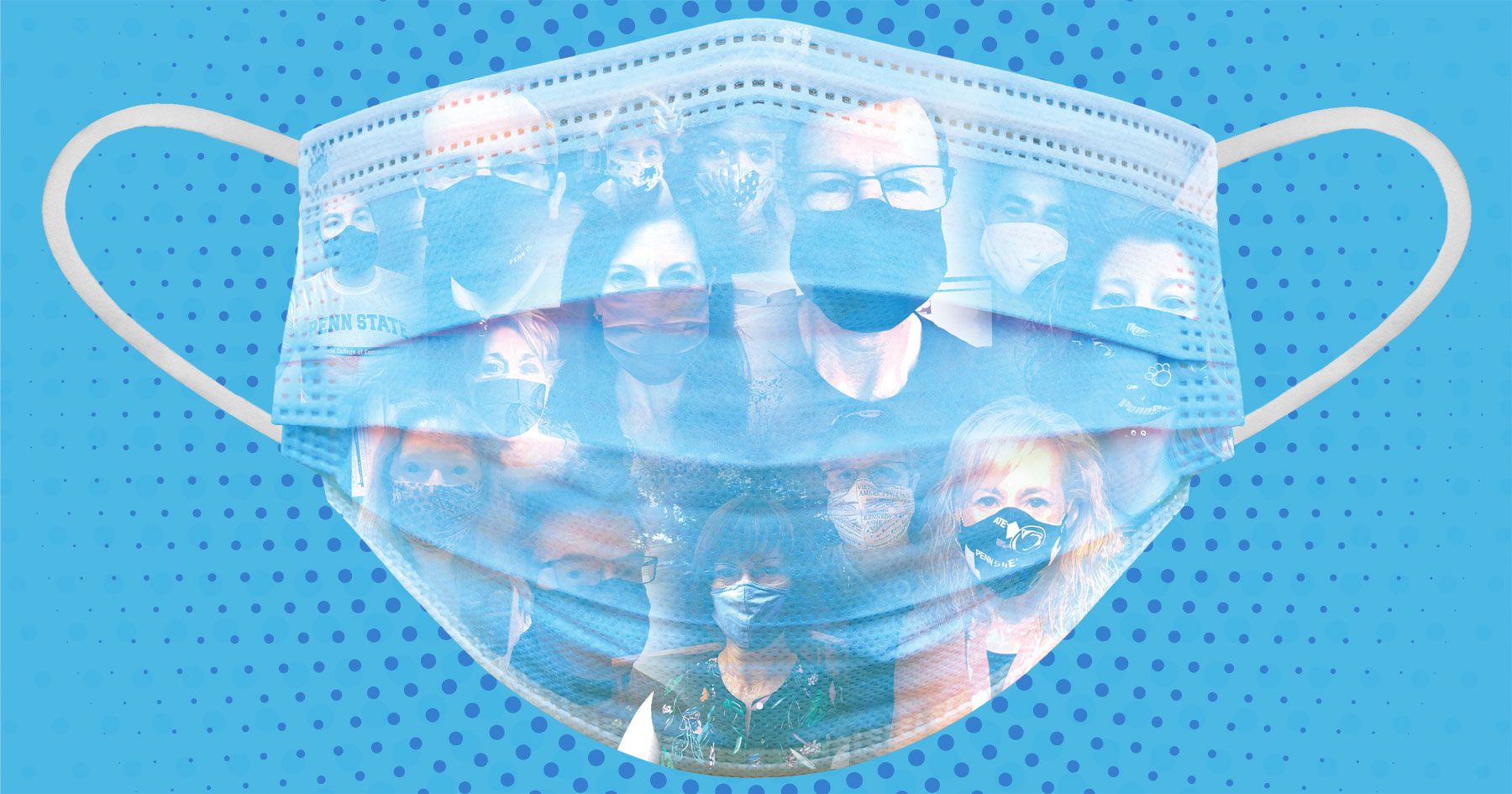
It was late November, just before Penn State moved to all-remote instruction as planned, when Gary Abdullah looked around his campus office and really noticed what had happened during the fall semester. Or, more appropriately, what had not happened.
Abdullah’s office in 206 Carnegie Building, located in the northeast corner of the second floor and overlooking the mall, often serves as a place of encouragement, support and respite for students. His office is also a place for difficult conversations and honesty.
Typically that variety of interaction requires two things: chocolates and tissues.
They’re commodities Abdullah, the assistant dean for diversity and inclusion in the Bellisario College, restocks with regularity during a normal semester. There was no need to restock during fall 2020.
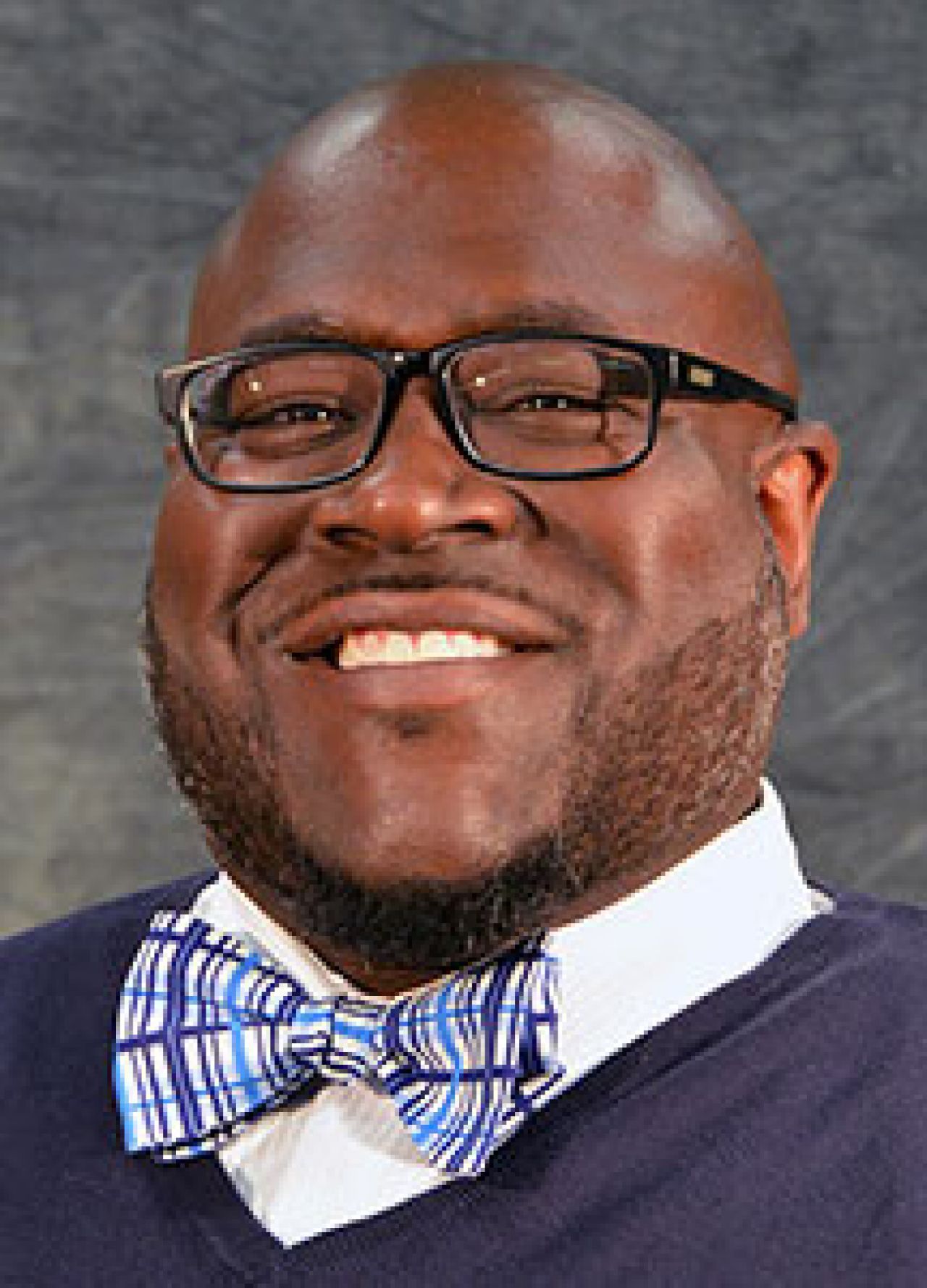
Gary Abdullah
While Abdullah was in his office almost daily, he was generally alone. Almost all of his usual student meetings, hundreds of them, were conducted by Zoom. So, the Hershey’s miniatures and nuggets mostly went untouched. The tissue box on the corner of his desk remained half full for more than three months.
The unchanged levels of chocolates and tissues were just one sign of change during an unusual semester.
As faculty and staff worked to support students — with planning for the 2020 fall semester that began in earnest even before commencement in the spring — there were many related signs of adaptation. Kitchen tables and spare bedrooms were transformed into home offices; a bustling Carnegie Building, and all of the University Park campus, really, were mostly unoccupied; classes, lectures and special events became Zoom sessions; and masks became ubiquitous.
One thing remained constant, though. The determination and focus of Bellisario College faculty and staff on student success was unwavering.
Going Remote, Fall 2020: Meghan Robinson
Back to class and, surprisingly, staying
Fall semester classes started Aug. 24 and on-campus students were able to move in a week earlier to limit the number of people arriving at the same time in a nod to the coronavirus pandemic. In the leadup, perhaps the most common parlor game among students, faculty and staff was guessing how long the University’s plan for in-person instruction would last.
“I felt fairly confident we wouldn’t make it past a few weeks. So we changed the syllabus to get as much training up front as possible,” said Steve Kraycik, an associate teaching professor of journalism and director of student television. His two classes produced separate episodes of the “Centre County Report” newscast on Tuesdays and Friday. “The thought was that if we went remote after three or four weeks the classes would each at least have gotten a chance at anchoring and production. We figured we were working on borrowed time.”
He was not alone with his outlook.
“I was convinced we were going home early — especially when you watch what was happening at other universities,” said Stephanie Madden, an assistant professor of advertising/public relations. “I had planned a lot around being fully online.”
The University had its own plans, though, and those were informed by months of collaboration and research. Hundreds of committees across the University at every level worked to find ways to make the fall semester not only viable but successful.
“I was convinced we were going home early — especially when you watch what was happening at other universities. I had planned a lot around being fully online.”
Stephanie Madden, assistant professor of advertising/public relations
All on-campus employees who could were directed to work remotely, and anyone who returned to campus needed permission from their supervisor. Faculty members were able to select the manner in which they wanted to teach during the fall: in person, hybrid or fully remote. It was an effort to help faculty members feel comfortable and safe, and to empower them to deliver their course materials in the way they thought would be most effective.
Planning for the fall started almost as soon as Penn State moved to remote instruction in the spring. There was consternation, debate and uncertainty. There were highs and lows in the process every day — sometimes multiple times in the same day.
Matt Jordan was named interim head of the Department of Media Studies just before the pandemic shook the world, Penn State and his job description. He said the highs and lows helped him maintain a realistic outlook.
“In a way I was just waiting for the next shoe to drop. My expectations were nudged lower and lower every next meeting, he said.
Ultimately, Jordan’s access to all that information made him a both optimistic and pragmatic. Without students on campus and in the community, Jordan knew Penn State, State College and the surrounding counties risked the potential of an even-more-devastating economic hit. After all, while faculty could teach remotely, thousands of Penn State employees would be without work if the students did not return or stay on campus as planned. Along with that Aug. 24 start, the University outlined an on-campus approach until Thanksgiving and then a shift to remote instruction to end the semester.
“I was arguing early on that the University really needed to do this because I believe that rational, deliberative government is a good thing and we were a chance to show people we could manage this thing — and I think we did a pretty good job of that."
Matt Jordan, interim head of the Department of Film-Video and Media Studies
“It didn’t make sense to send them home once they were here. The hard choice was made and I think it was a good choice, frankly,” Jordan said. “I was arguing early on that the University really needed to do this because I believe that rational, deliberative government is a good thing and we were a chance to show people we could manage this thing — and I think we did a pretty good job of that.
“You’re weighting options, and none of them are good options, but I think we did it right.”
As the semester progressed, the University regularly updating its coronavirus dashboard, which tracked cases, tests and persons in quarantine status and isolation. It includes data specifically for students and employees and can be parsed by Penn State campus. Students clearly drove the numbers, which had dwindled by the end of the semester when they were no longer on campus. Additionally, it remains difficult to make an obvious and solid connection between the students’ presence and the community spread of the virus, which increased in Centre County after their departure.
That ambiguity, all the planning and the economic realities, were all part of the reason there was not an early departure for students.
“I expected we would go to remote at some point earlier, but as we got to the end of October it was like ‘What would be the point?’” said Maura Shea, an associate teaching professor and associate head of the Department of Film-Video and Media Studies. “That was good because for the most part my classes really couldn’t happen well remotely. The majority of my students in those production classes wanted to come to class and they followed the rules.”
Going Remote, Fall 2020: Nina Trach
Workarounds become best practices
Perhaps most prominent among the changes and work arounds was the University’s public safety campaign, #MaskUpOrPackUp, which was informed by student focus groups and research throughout the summer months.
It was straightforward and effective. Bellisario College alumna Shareese Thompson (’96), vice president of M Booth Health, which helped Penn State shape the campaign, visited campus twice in 2020. One visit came before the campaign was launched and the other came after.
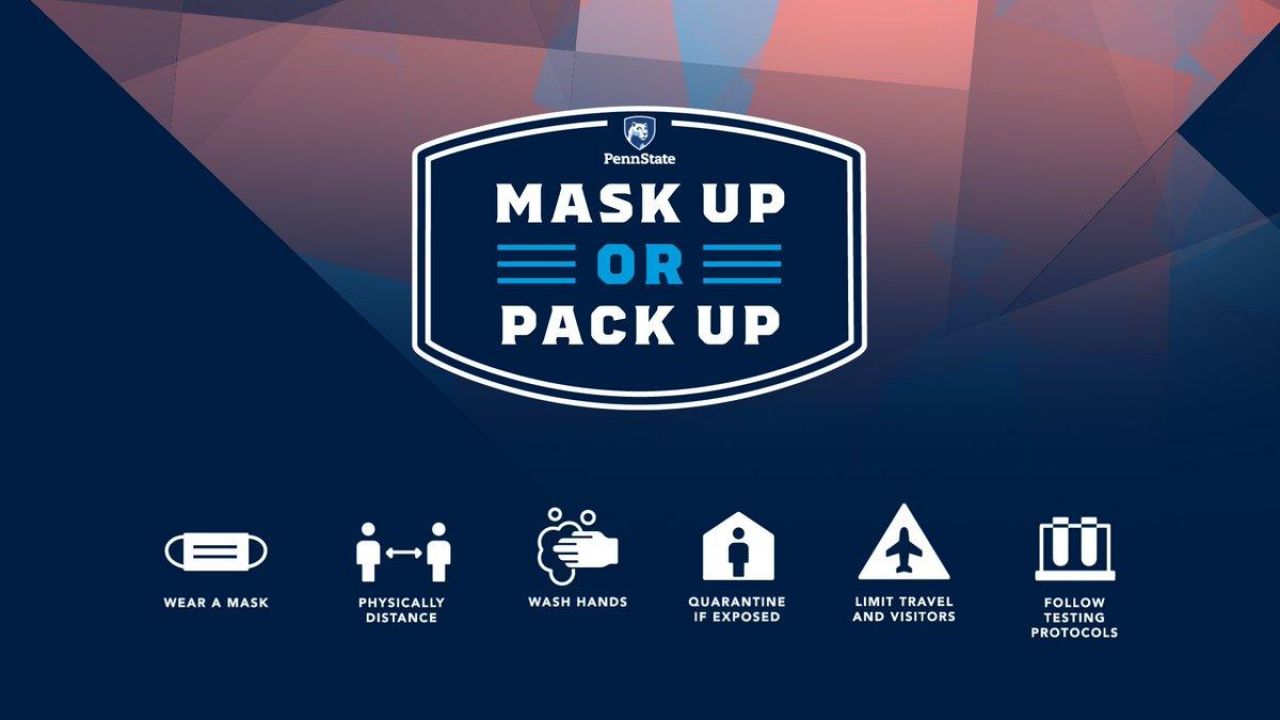
“On the first visit, I was downtown and most of the students had masks but they’d walk around with them in their hand and they would put it on just outside the door. I made a second trip after the campaign launched and I noticed a marked difference in the people out and about who were wearing masks,” Thompson said. “Again its anecdotal but the Penn State community was holding each other responsible.”
Thompson always stresses the importance of planning and research in her work, especially with the #MaskUp campaign, but admits it was “hard not to feel proud” that Penn Staters acted the way they did, and that she and M Booth did was helpful in some way.
Overall, she believes the effort worked. “I think it did play out in a successful way,” she said. Plus, she was proud when other institutions and entities (a half dozen or so) launched their own #MaskUp effort. “We knew we were the genesis of that.”
Students did police themselves, too. After pictures of a large student mash-up outdoors in East Halls the first weekend of school hit social media, upperclassmen responded in force. Their responses on social media made it clear that they did not want to be sent home again, as they were during the abbreviated spring semester. They also made it clear they expected more of first-year students who had just joined the Penn State community.
A couple of big downtown parties about two-thirds of the way through the semester got attention for unmasked and not socially distanced participants — and that drew a similar response, as well as attention from law enforcement because State College Borough had enacted its own attendance limits and protocols.
Still, those were aberrations — on campus for sure, and even off campus.
“After that first weekend when the first-year students lost their mind, the other students roasted them on social media and they fell back into line,” Abdullah said. “Really on campus the students did a very good job of doing what they were supposed to do. For a large part they did a great job off-campus as well. It’s just that when students chose to make faux pas they did so in a large a public way.”
While Abdullah was in his office almost daily — coming to campus helped him focus and provided a routine, as opposed to working from his basement mancave — his in-person interactions with students were limited. And, for the most part, interactions between Bellisario College staff members and students was minimal during the fall.
Along with the changes and planning, those staff members, like many people industries across the world, were adapting to different working atmospheres. While working from home might’ve sounded appealing to some initially, there was an accompanying lack of convenience and personal connection with that approach.
Yu-Tai Chung, the Bellisario College’s director of information technology, said the facilities and IT staffs scrambled when employees started working remotely.
“We spent all day two or three days taking things down, taking pictures so people knew how to connect things and then sending them home and telling them to call if they had any questions."
Yu-Tai Chung, director of information technology
“We started tearing down offices and trying to help them be productive. There was a mad dash for that,” he said. “We spent all day two or three days taking things down, taking pictures so people knew how to connect things and then sending them home and telling them to call if they had any questions.
“For the most part, I think our college did really well transitioning — maybe because we have a smaller group or we’re more flexible. Whatever the reason, it worked.”
With fewer Bellisario College colleagues in buildings (although the facilities and IT groups were ever-present during the fall to support the skeleton crew that was working in person and provided remote support to others), Chung said requests for support changed as well. After an initial learning curve for Zoom and some other remote-work software and approaches, the IT staff focused a bit more on best practices, planning and potential process improvements as opposed to entry-level requests. “Rather than being reactive, we can be proactive,” he said.
Perhaps not surprisingly, printing in the Bellisario College dropped by nearly 70% during the fall and cloud-based solutions that were once perceived as a potential option became a necessity. Plus, integration of technologies and support for the Bellisario Media Center, scheduled to open in the spring, remain on the horizon.
Shannon Kennan, an associate teaching professor and director of eLearning initiatives for the Bellisario College, had a similar experience to that of the IT staff. When the pandemic forced things online after spring break, her background and experience made her the go-to person to help faculty members determine the best ways to take their classes online. Her mix of pedogeological and technological experience made her an invaluable resource for her colleague — and everyone wanted some advice or just a little bit of assistance.
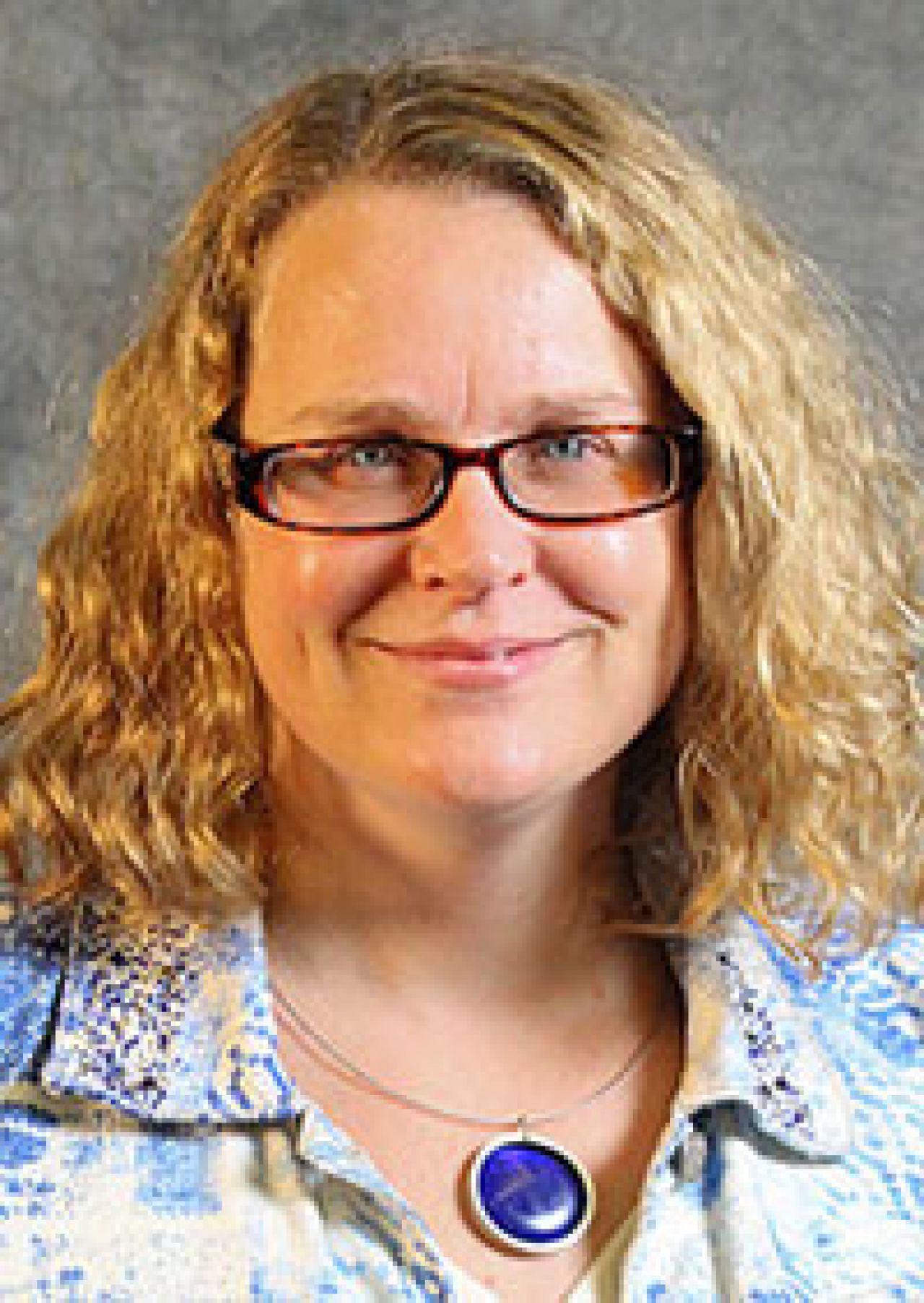
Shannon Kennan
“It was busy, and stayed that way during the summer,” Kennan said. “There was just so much to do.”
Kennan was the point person for much of what happened, helping faculty members find the right resources, offering advice and reworking as necessary. What were initially hair-on-fire moments at some point settled down to a steady smolder — and remained that way through the start of the fall semester because plans outlined in early summer often changed, and then changed again.
She admits it was hard to avoid working at almost all hours of the day, but said she was motivated because of the passion of her colleagues.
“They were focused on doing the best they could for the students,” she said. “Even now, some people are more comfortable with certain technologies than others and some are better in a remote setting in others. But they’re all passionate about the students.”
Going Remote, Fall 2020: Connor Birmingham
The students — it's all about the students
Adviser Nikki DiOrio transformed a spare bedroom in her house, officially making it an office with the purchase of a desk during the summer. She needed to settle in and be ready to best serve students amidst the change and uncertainty.
While Penn State announced its plan in July to return for the fall, some course delivery specifics were not finalized until a week or so before classes begin. That made advisers an even more important resource for students. Plus, as the semester progressed, the University announced a change to scheduling for the 2021 spring semester, which altered the window for scheduling and made students who were concerned about some things even more worried about others. And, as an adviser, there’s always an aspect of providing students with general encouragement and support.
Doing that all in person can be a challenge, let alone making it happen in a remote atmosphere.
"We all want to do our jobs well and help the students and there were a lot of challenges. And while you’d like to be in person get a sense of body language or really feel like you’re making a connection, I did feel like what we were doing was working."
Nikki DiOrio, adviser
“It was crazy busy as times and just busy as others,” DiOrio said. “We all want to do our jobs well and help the students and there were a lot of challenges. And while you’d like to be in person get a sense of body language or really feel like you’re making a connection, I did feel like what we were doing was working. There are parts of the virtual visits that were helpful. For example, we could see more students and be a little more flexible on timing.”
Flexibility was the key for all student-facing endeavors. The office of Internships and career placement moved two internship and job fairs to virtual formats in the spring, both of which produced strong turnouts of recruiters and students. In the fall session, COMM Careers in the Capital was conducted virtually as well. The second-year session for employers in Washington, D.C., attracted a record turnout of recruiters and students appreciated the ease of interaction. It wasn’t exactly the same, but it worked — and that became the accepted standard for many things.
A weekly Journalism Speakers Forum was launched on Zoom and drew strong attendance each week. The virtual alumni-student mentoring program that was launched in April as a response to the pandemic passed a milestone of more than 300 pairings. (Sign up here: https://www.bellisario.psu.edu/alumni/alumni-connections) Clubs and organizations conducted meetings on Zoom, attracting big-name guests and getting consistent overall participation. The annual recognition dinner for donors became a 30-minute show on YouTube. LINK? Emily Clevenger, the undergraduate recruiter, was meeting at all hours of the day with prospective students from across the country.
At the same time, some things remained surprisingly unchanged.
“I thought it was pretty amazing that the quality level was as good as it’s ever been,” Kraycik said. His students produced 22 live newscasts and two election night broadcasts before in-person instruction ended. And the altered approach to the syllabus for that class might remain a fixture. “Switching up the rotations was a little more challenging, but once you got to that one-month mark and we got through all four rotations then everyone was up to speed and the rest of the semester was a breeze.”
As they worked to adapt newscasts, Kraycik benchmarked with professional newsrooms and was pleased the plans for “Centre County Report” reflected those at network affiliates. While on-set distancing meant a loss of banter and the lack of access to Penn State sports provided a challenge, local high schools ended up as the focus of more coverage as a result. Again, he was pleased with the quality of the work despite the circumstances.
Shea said the same was true with film production classes, which was especially gratifying after the hundreds of hours and dozens of meetings film faculty members conducted to plan an approach or equipment use during. Their solution was that students would check out equipment and have it for the whole semester, ensuring access. Gathering and planning for that was not easy — Shea credited Catie Grant, the director of CommAgency, for shepherding the process — but it ultimately proved to be a prudent approach that led to good student films.
“The quality hasn’t suffered. I was glad they were able to find actors. And some of the films kind of wrote COVID in,” she said. “I think they worked harder in some ways because they knew it was just going to be harder to get stuff done.”
Going Remote, Fall 2020: Alexandra Fleece
Fall semester complete, but spring challenges remain
While students, faculty and staff endured and succeeded during the fall, neither the new year nor a new semester means the challenges and changes have ended.
They all expect more of the same — masks, mixed or remote instruction, myriad changes and inconveniences — during the upcoming spring semester, which begins Jan. 19 but will be conducted remotely until Feb. 15. In some ways the challenges might get more daunting in the new year.
Julie Evak, coordinator of undergraduate education for the Bellisario College, enjoys putting together the pieces of the puzzle that allow faculty and students to succeed. That includes a variety of administrative challenges like pairing courses with available rooms on campus (no easy task this academic year with altered room capacities because of the virus). Her portfolio of responsibilities impacts just about every aspect of student instruction as well as ongoing efforts such as preparation for accreditation reviews.
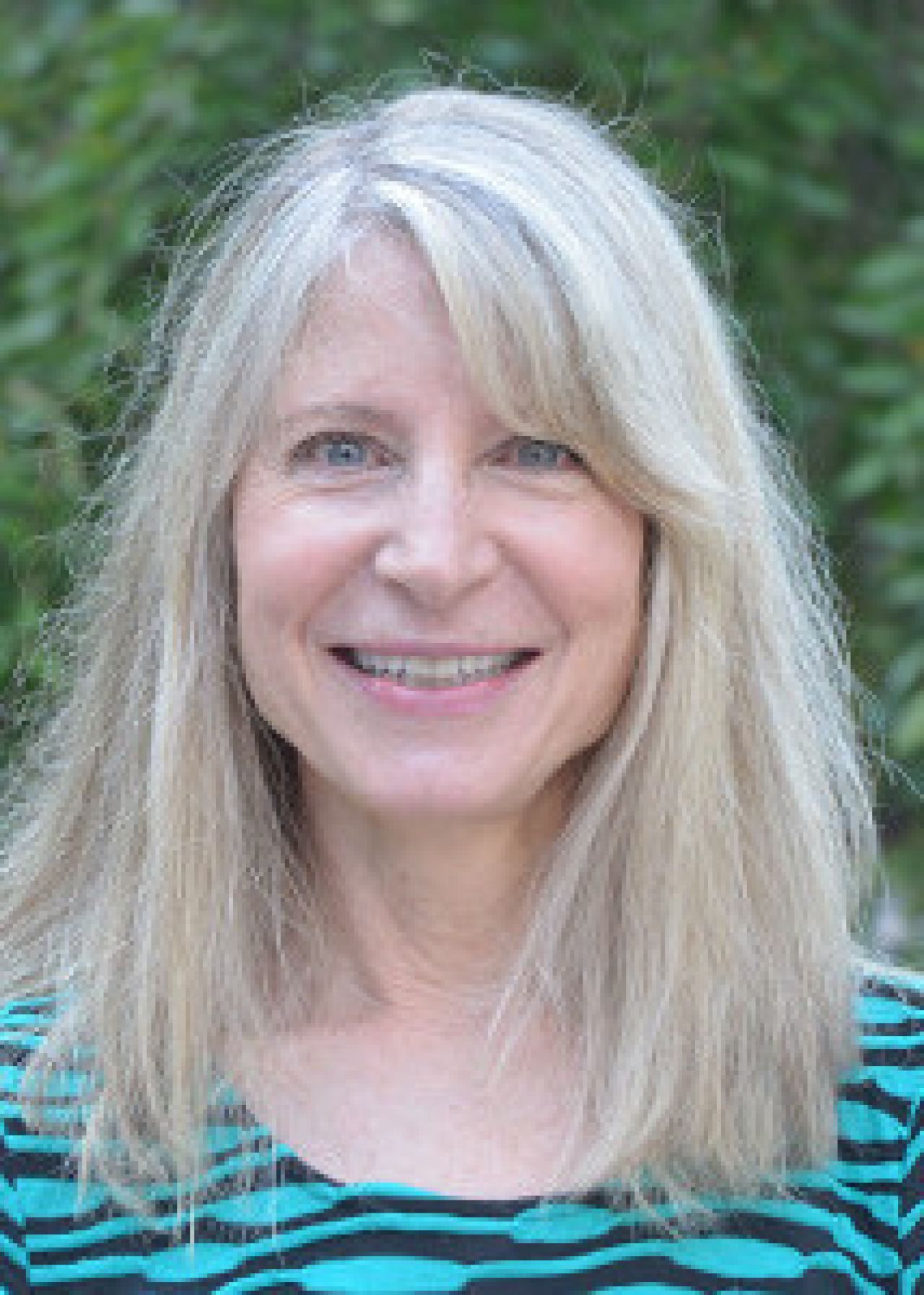
Julie Evak
Even without the pandemic, Evak and many others were busy. Getting to the fall, through the fall and ready for what’s next just added an extra degree of difficulty.
“Everyone’s workload seemed to increase so much that the things that were urgent before just didn’t get addressed as quickly,” Evak said. Like everyone else she has adapted to not being able to walk down the hallway and quickly get an answer, and she said she’s gotten better at turning off the computer and leaving it off when the day ends.
For her, early spring — and it started in December, actually — means scheduling for next fall. So her to-do list rarely gets shorter.
After having an entire summer to prepare for the fall semester, the comparatively brief time between the fall and spring semesters will add a slight time challenge for some faculty and staff. Plus, some aspects of college life, like recruiting, just become more important in the spring.
“I’ve been pretty overwhelmed by the 100% positive interactions I’ve had. No family has ever showed up at a Zoom session and said, ‘Oh, I can’t believe Penn State isn’t letting us come to campus.’"
Emily Clevenger, undergraduate recruiter
Clevenger anticipates a more challenging and hectic spring because offers have been extended and the focus moves to getting students to accept. Many information sessions for accepted students were conducted in person last year. None will be conducted in that manner this year. Campus visits often help a student make their college decision. None of those will be conducted this year, either.
Still, Clevenger’s experience during the fall has her optimistic about what a busier spring will bring.
“We don’t just have to limit our interaction to students who have the time and can afford to get to campus. That’s a positive,” Clevenger said. “I’ve been pretty overwhelmed by the 100% positive interactions I’ve had. No family has ever showed up at a Zoom session and said, ‘Oh, I can’t believe Penn State isn’t letting us come to campus.’ And part of that is I bring it up. I tell people I know there’s no virtual tour we could ever do that could take the place of coming to campus. So, we point out those resources and offer to connect people with a student, a professor or help with whatever conversation they think would be helpful.”
Plus, the fall provided much to build upon.
Madden will teach her classes virtually in the spring, even when current plans call for at least a partial in-person return to the classroom in mid-February. She moved between virtual and hybrid (partially in person) during the fall.
“I do feel like we have different communities in class, even with a mostly virtual format. It forced me to be creative,” Madden said. “I used technology in class previously, and some of those things worked better in a virtual format.”
There’s an expected sense of fatigue, for everyone, about some processes, and a winter backdrop to start might impact the mood a bit as well. Still, students were generally positive about their experiences in the fall and the Bellisario College’s delivery of a large proportion of classes with at least some portion of an in-person experience was well-received. After several weeks at home, there’s no doubt students will be ready to return.
Faculty and staff from the Bellisario College will be happy to greet them, too.

